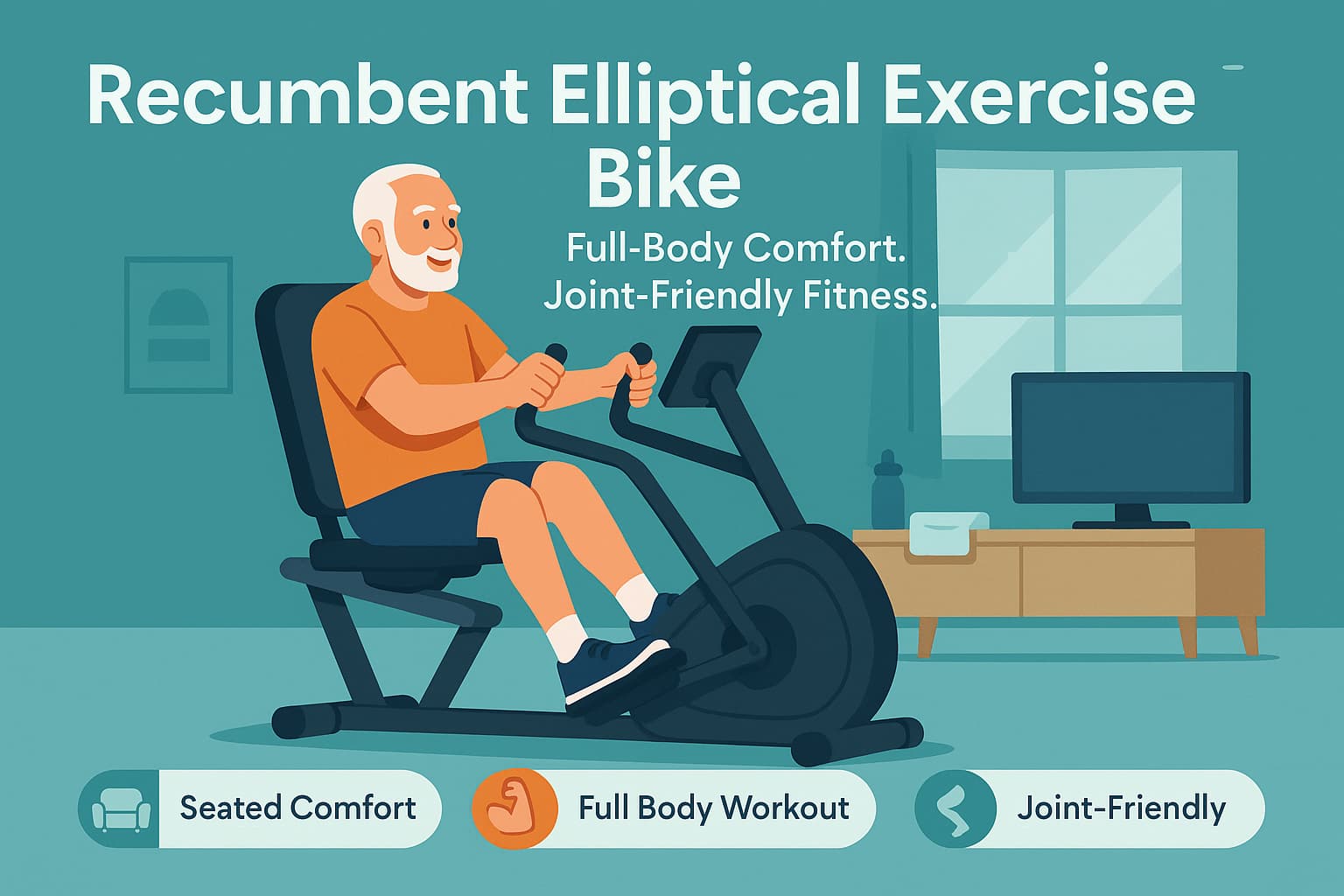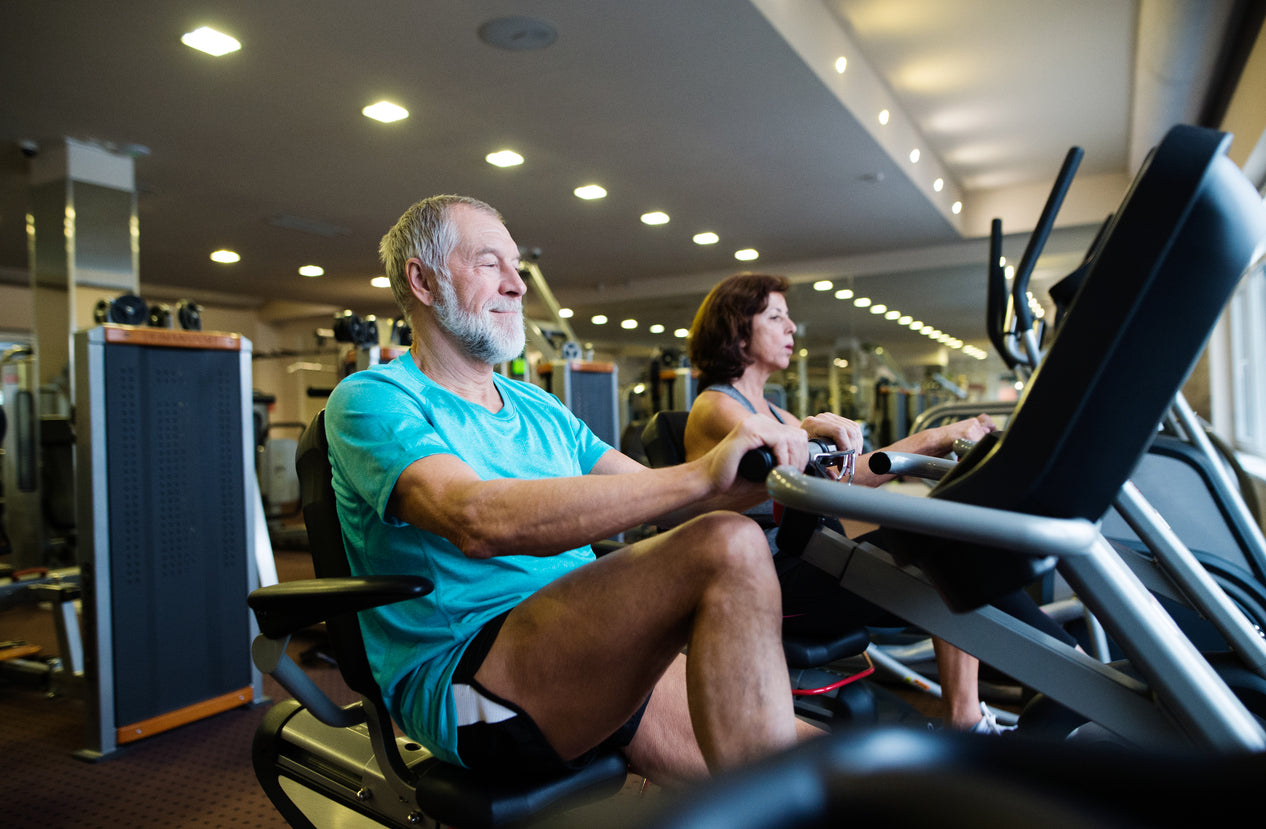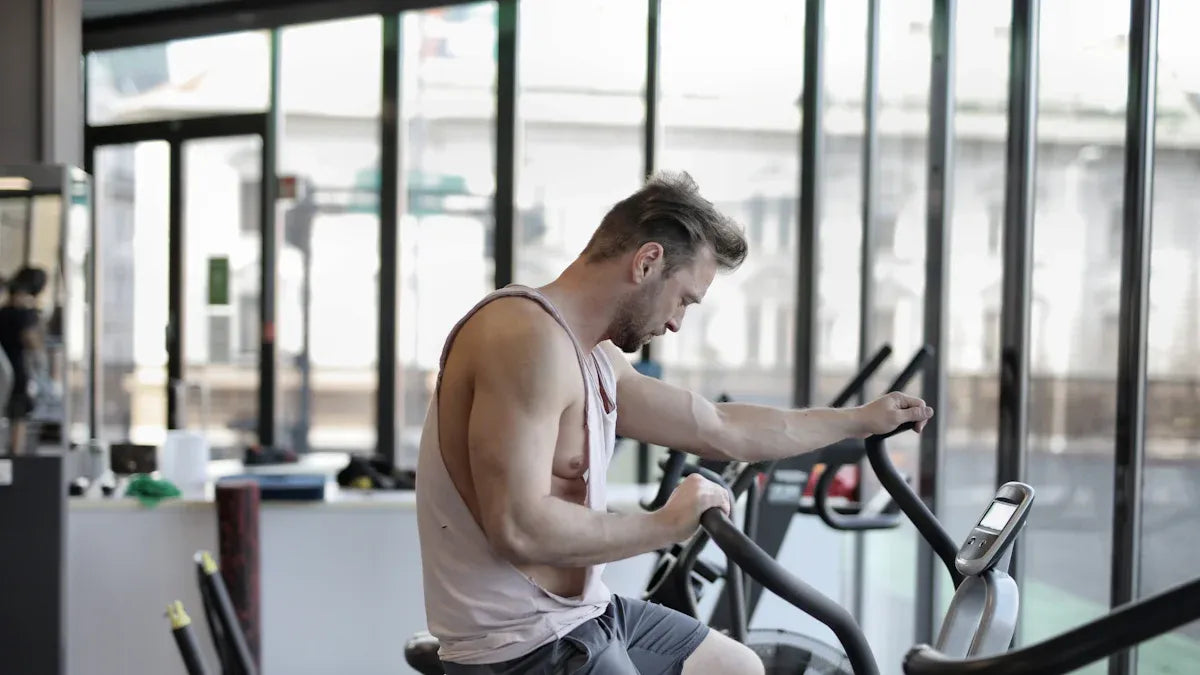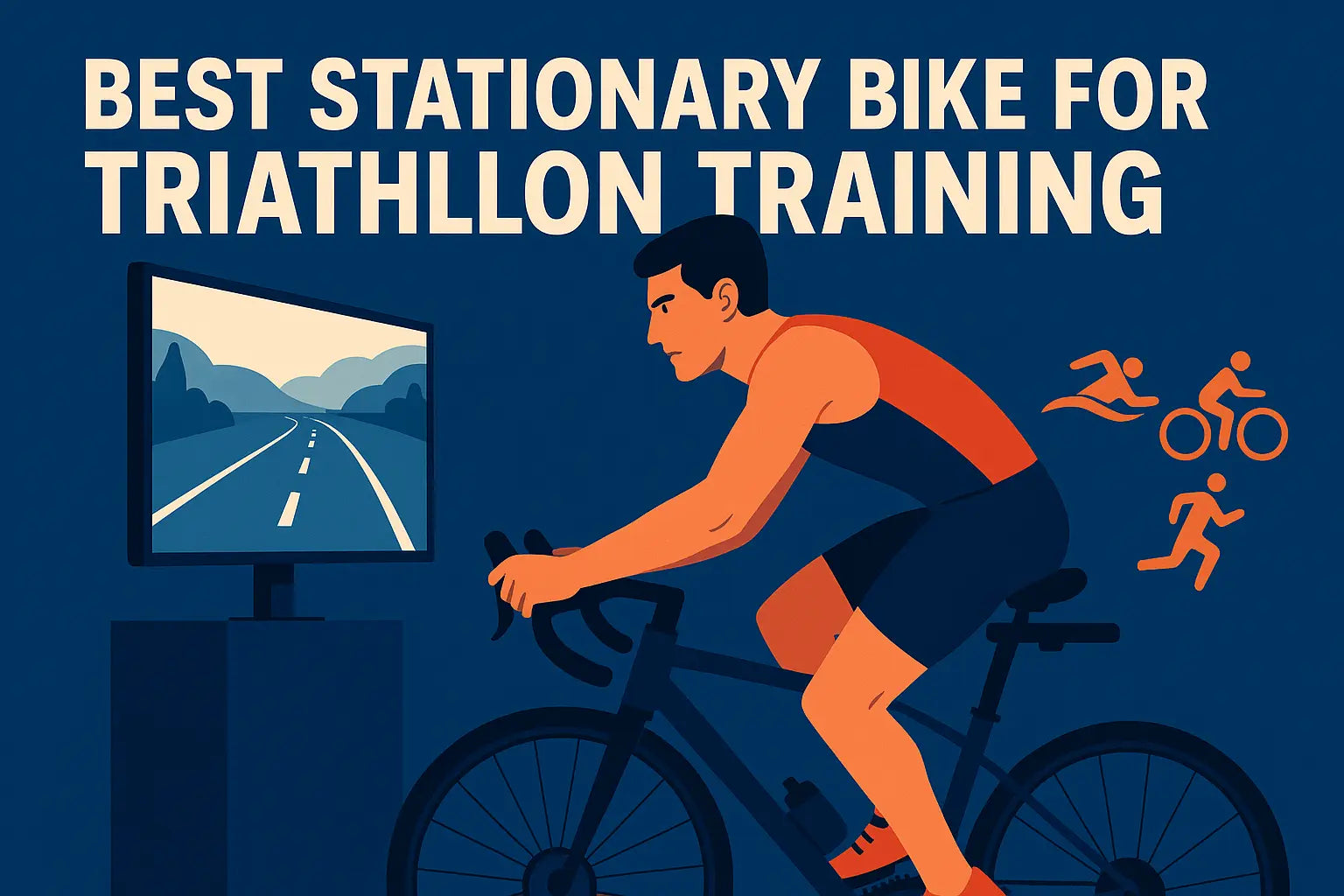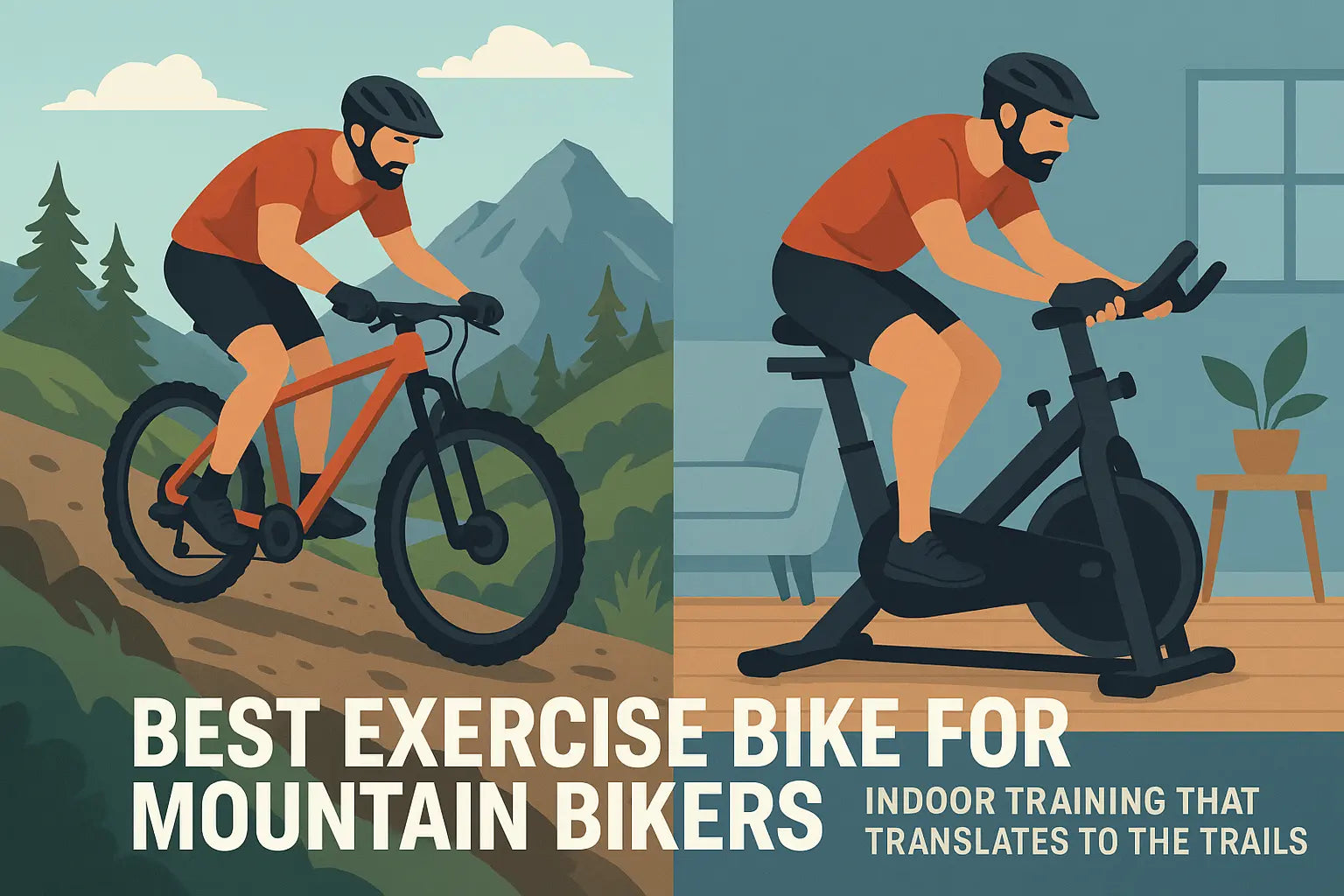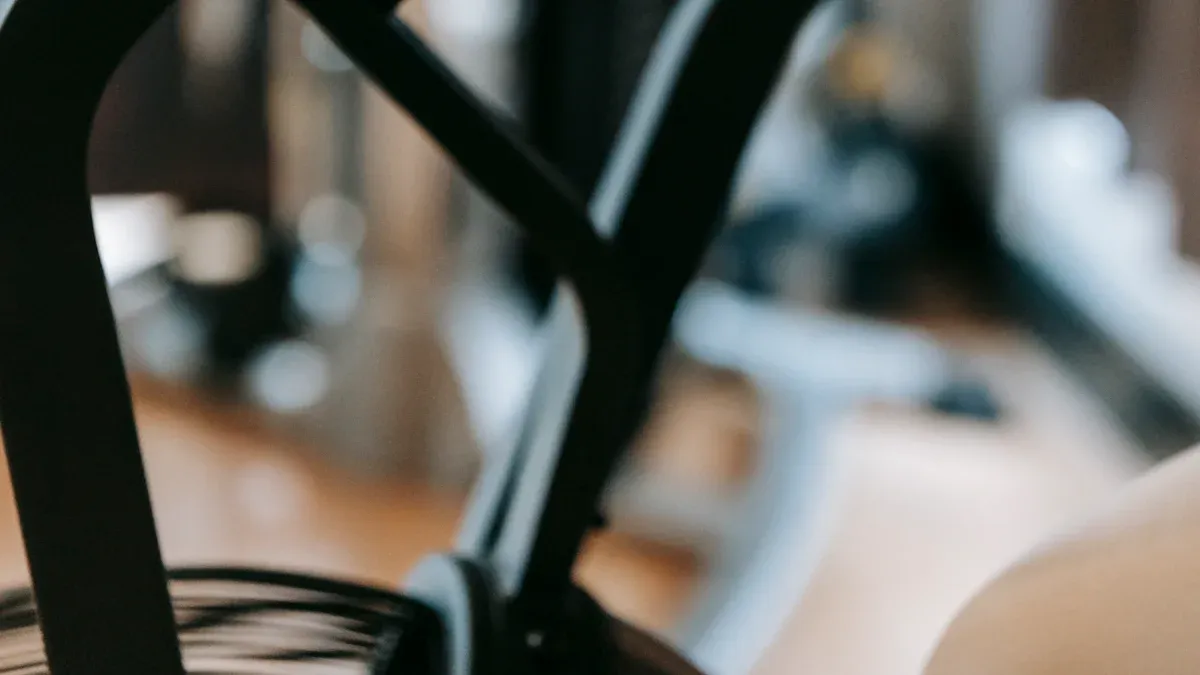
If you have lower back pain, you may ask, "What is the Best Exercise Bike for Lower Back Pain?" Comfort, support, and safety are very important. You want to exercise without making your pain worse. Choosing the right bike can help you feel better. It can also help you stay active. Studies show that changing your bike setup can lower pain. It can also make you more comfortable for a long time:
|
Study Title |
Findings |
|---|---|
|
Long-Term Effects of a Kinematic Bikefitting Method on Pain, Comfort, and Fatigue |
Changing how your bike fits can help with pain. It can make you feel less discomfort, especially if you have lower back pain. A special bikefit session helped people feel less pain. They felt better even after 120 days. |
|
How Indoor Cycling Could Help Ease Chronic Pain |
A study from Australia showed good results. People with low back pain felt less pain after eight weeks of using a stationary bike. This happened because their core muscles got stronger. Strong core muscles help support the lower back. |
Some people think back pain is normal when biking, but bad seat position and poor posture can make pain worse. Always pay attention to what feels good for you. Talk to your doctor before you start biking.
Key Takeaways
-
Pick a recumbent bike for the most support. This bike’s shape lowers pressure on your lower back. It also makes you feel more comfortable when you exercise.
-
Change the seat and handlebars so they fit you well. Setting up your bike the right way stops strain. It also makes riding better for you.
-
Find bikes with lumbar support and a suspension seatpost. These parts help soak up bumps. They also give you more comfort when you ride.
-
Pay attention to how your body feels when you ride. Stop riding if you feel sharp pain or discomfort. Talk to a doctor if the pain does not go away.
-
Begin with short and easy rides. Slowly make your rides longer. This helps make your back stronger. It also keeps you from hurting your back more.
Best Exercise Bike for Lower Back Pain

Choosing the best exercise bike for lower back pain can feel confusing. You want a bike that keeps you comfortable and helps you stay active without making your pain worse. Let’s look at the three main types of bikes and see which one fits your needs.
Recumbent Bikes
Recumbent bikes are often the best exercise bike for lower back pain. These bikes have a large seat with a backrest. You sit in a reclined position, which takes pressure off your spine. This design supports your lower back and lets your muscles relax. Many back pain sufferers find this style the most comfortable.
Tip: A recumbent bike’s seat helps you keep a gentle spinal alignment. You don’t have to lean forward or hunch over. This can make a big difference if you have pain from herniated discs or muscle strain.
Here’s a quick look at why recumbent bikes stand out:
|
Benefit |
Description |
|---|---|
|
Reduces joint strain |
The design minimizes stress on joints, making it suitable for those with pain. |
|
Supports lower back |
The seat design provides lumbar support, alleviating pressure on the back. |
|
Improves cardiovascular health |
Regular use enhances heart health, which is crucial for overall fitness. |
|
Comfortable low-impact workout |
Ideal for all fitness levels, ensuring a pain-free exercise experience. |
Regular use of a recumbent bike can help you build strength in your legs and core. This support is important for your back health. You also get a safe, low-impact workout that won’t jar your joints.
Note: Recumbent bikes show lower muscle activity in the rectus femoris, which means less strain on your legs and back during gentle rides.
Upright Bikes
Upright bikes look more like regular outdoor bikes. You sit higher up, and the pedals are right under your body. Some people like this style because it feels familiar. However, upright bikes may not always be the best exercise bike for lower back pain.
You need to keep your back straight while riding an upright bike. This can put more stress on your lower back, especially if you use high resistance or ride for a long time. If you already have back pain, you might feel sore after using an upright bike.
|
Bike Type |
Muscle Activity (MVIC) |
Notes |
|---|---|---|
|
Recumbent Bike |
16% |
Lower activity for rectus femoris; suitable for low intensity. |
|
Upright Bike |
51% |
Requires more forward lean, potentially affecting back health. |
|
ElliptiGO® |
46% |
Simulates running gait, beneficial for runners. |
|
Treadmill |
45% |
Highest activity for lumbar erector spinae; effective for strengthening back muscles. |
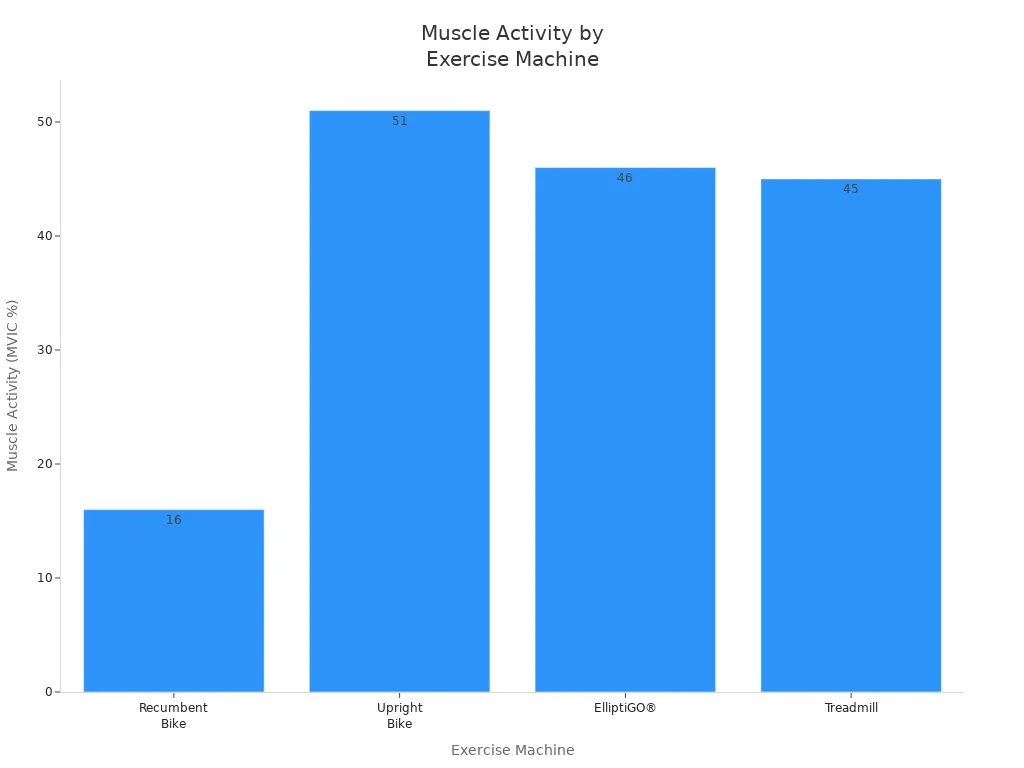
If you want to try an upright bike, make sure you adjust the seat and handlebars to fit your body. This helps you keep a neutral spine and avoid extra strain.
Spin Bikes
Spin bikes are popular in gyms and group classes. They let you ride fast and stand up on the pedals. But spin bikes are not the best exercise bike for lower back pain. The riding position makes you lean forward a lot. This bent-over posture can put extra pressure on your spine.
Warning: Spin bikes often have low handlebars. This can force your back into a rounded shape, which may lead to more pain. Up to half of all recreational cyclists report lower back pain, often because of poor bike setup or riding position.
|
Evidence |
Description |
|---|---|
|
Riding Position |
Cyclists may adopt a 'round-back' or 'flat-back' posture based on pelvic and spinal flexion to reach handlebars. |
|
Handlebar Height |
Extremely low handlebars can increase lumbar lordosis, affecting lumbar spine angle. |
|
Prevalence of LBP |
Up to 50% of recreational cyclists report low back pain, indicating a need for proper riding position guidance. |
If you already have back pain, it’s best to avoid spin bikes. The risk of making your pain worse is high, especially if you ride with poor posture or use too much resistance.
Comparing Recumbent and Upright Bikes
Let’s compare the two main choices for the best exercise bike for lower back pain:
-
Recumbent bikes give you a relaxed, supported position. You get a backrest and a wide seat. This style is gentle on your spine and joints.
-
Upright bikes feel more like a regular bike. You sit higher and need to keep your back straight. Some people like this, but it can be hard on your lower back if you have pain.
If you want the best exercise bike for lower back pain, start with a recumbent bike. It offers the most support and comfort. Upright bikes can work for some people, but you need to pay close attention to your posture and bike setup.
No matter which bike you choose, always make sure it fits your body. Adjust the seat and handlebars so you feel comfortable. Use foot straps to keep your feet in place and help you maintain good posture. The right setup can help you enjoy cycling and protect your back.
Key Features for Lower Back Pain
When you look for an exercise bike to help with lower back pain, you want to focus on features that make your ride safe and comfortable. These features can help you avoid extra strain and keep you moving with less pain.
Adjustable Seat and Handlebars
You need a bike that lets you change the seat height and handlebar position. This helps you find the best posture for your body. If you set the seat too high or too low, your knees and back can hurt. When you adjust the handlebars, you can keep your spine in a natural curve. This makes your ride smoother and helps you avoid slouching.
-
You can customize your riding position for comfort and support.
-
Changing the saddle angle can help your spine stay in a healthy shape.
-
The right seat height keeps your knees slightly bent, which protects your lower back.
Tip: Always check your bike setup before you start pedaling. A quick adjustment can make a big difference in how your back feels.
Suspension Seatpost
A suspension seatpost is a special part that absorbs bumps and shakes while you ride. If you have lower back pain, you know how even small vibrations can make things worse. A suspension seatpost helps smooth out the ride, so you feel less soreness after cycling.
-
Riders say that a good suspension seatpost stops saddle soreness, even on long rides.
-
It works better than regular spring seats, which don’t always help with rough surfaces.
Calvin explains, “A damper controls how the suspension moves. If you tune the spring just right, you can cut down on vibrations. This is important for anyone who wants less discomfort during a ride.”
Lumbar Support
Lumbar support is a must for back pain sufferers. Recumbent bikes often have a backrest that supports your lower back. This keeps your spine in a gentle position and spreads your weight evenly. You don’t have to lean forward or flex your back too much.
-
The reclined seat reduces lumbar flexion, which can help prevent disc problems.
-
Your weight gets spread out, so you don’t put too much pressure on one spot.
-
The backrest gives you steady support, making long rides more comfortable.
Note: If you want to protect your spine, look for a bike with a wide seat and a strong backrest.
Pedal Position
Pedal placement matters more than you might think. On a recumbent bike, the pedals sit in front of you. This lets you push with your legs without bending your back. Upright bikes put the pedals under your body, which can make you lean forward. If you have lower back pain, you want pedals that help you keep a relaxed posture.
Here’s a quick table showing which features help most with comfort and support:
|
Feature |
Benefit |
|---|---|
|
Ergonomic seating |
Supports your back and makes workouts more comfortable. |
|
Adjustable seats |
Lets you set up the bike for your body and lumbar support. |
|
Reclined seat and backrest |
Helps you keep good posture and lowers pressure on your spine. |
|
Cushioned seats |
Spreads your weight to avoid sore spots. |
|
Works for many users, so everyone can feel safe and comfortable. |
If you pay attention to these features, you can find a bike that helps you exercise without making your pain worse. You’ll enjoy your workouts more and give your back the support it needs.
Safety Tips
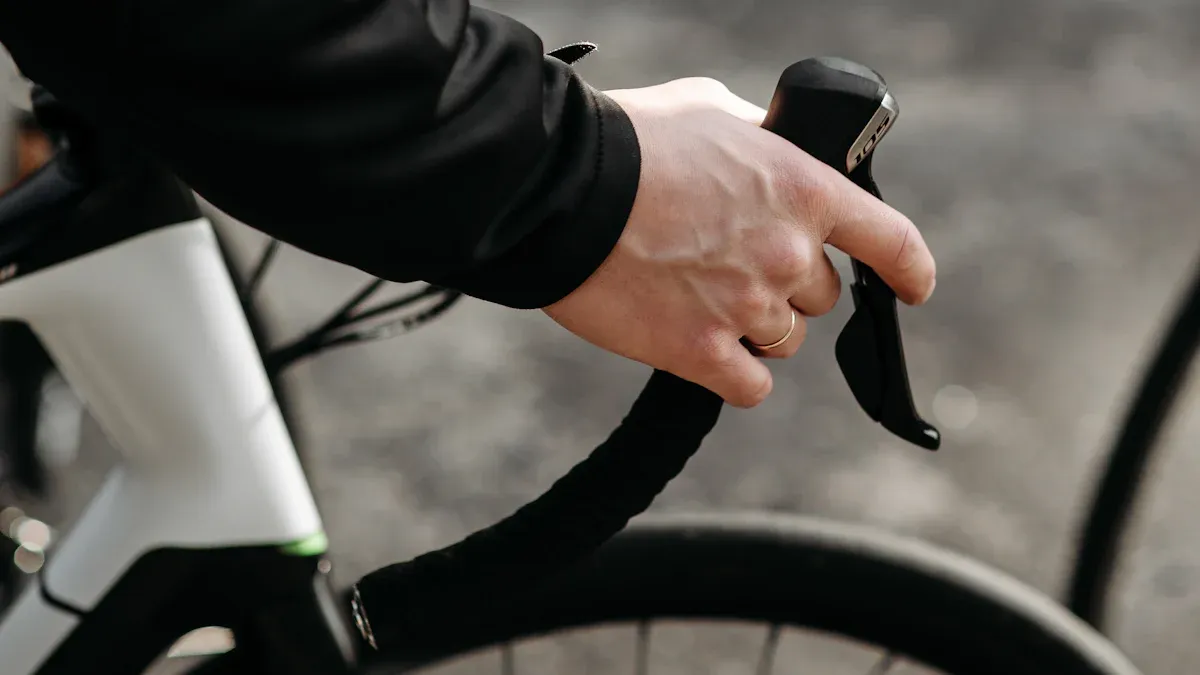
Consult Your Doctor
Before you hop on an exercise bike, talk to your doctor or a physical therapist. They know your health history and can help you decide if cycling is safe for you. If you have lower back pain, your doctor might suggest certain stretches or warm-ups. You should always start slow with any new routine. Try adding gentle stretching or foam rolling before and after your ride. This can help your back feel better and keep you safe.
Tip: If you notice pain that does not go away with rest or stretching, stop and check with your healthcare provider.
Proper Setup
Getting your bike set up the right way makes a huge difference. Many back pain sufferers feel worse when the seat or handlebars are in the wrong spot. Here are some common mistakes to avoid:
-
Setting the saddle too high or too low can hurt your back and knees.
-
Reaching too far for the handlebars can make you overstretch and strain your back.
-
Riding with a rounded back puts extra pressure on your spine.
-
Shrugging your shoulders up to your ears can cause neck and upper back pain.
To fix these problems:
-
Adjust the seat so your knees stay slightly bent at the bottom of each pedal stroke.
-
Set the handlebars at a height that lets you keep your back straight and relaxed.
-
Sit tall and avoid slouching or leaning too far forward.
Exercise Rhythm
Keep your ride smooth and steady. A good rhythm helps your spine stay in line and supports your lower back. Try not to pedal too fast or use too much resistance. Focus on good form the whole time. This keeps your muscles safe and helps you avoid injury.
-
Warm up for 5 to 10 minutes with easy cycling.
-
Use dynamic stretches like leg swings before you start.
-
After your workout, cool down with light cycling and gentle stretches.
Note: Most people do best with 2 to 6 sessions per week, each lasting 30 to 100 minutes.
Listen to Your Body
Pay attention to how you feel during and after your ride. If you notice any of these warning signs, stop right away:
-
Pain every time you exercise
-
More discomfort when sitting or sleeping
-
Tingling, weakness, or numbness in your legs
-
Avoiding movement because of pain
Your body will tell you when something is wrong. Take breaks when you need them and never push through sharp or lasting pain.
Matching Your Needs
Assess Your Back Condition
You want to make sure your exercise bike matches your body and your pain level. Start by thinking about how your back feels each day. Do you have sharp pain or just a dull ache? If you feel pain when you sit or move, you need extra support. Try to notice which positions make you feel better or worse.
Here are some things you can check before you pick a bike:
-
Make sure the seat and handlebars feel comfortable for you.
-
Pick a bike that fits your body so you don’t strain your muscles.
-
Adjust the saddle height so your legs bend slightly at the bottom of each pedal stroke.
-
Set the handlebars so you can reach them easily without stretching your back, shoulders, or neck.
-
If you have chronic pain, a recumbent bike gives you more back support.
If you’re not sure about your pain level, ask your doctor or physical therapist for advice. They can help you find the safest option.
Space and Budget
You need to think about where you’ll put your bike and how much you want to spend. Some bikes take up a lot of room, while others fit in small spaces. Measure your space before you buy. If you live in an apartment, a foldable or compact bike might work best.
Here’s a quick table to help you match your needs:
|
Factor |
Description |
|---|---|
|
Seat Height and Position |
Should allow a slight bend in the legs (25 to 35 degrees) at the bottom of the pedal stroke. |
|
Handlebar Alignment |
Must enable a comfortable reach without straining the back, shoulders, or neck. |
|
Type of Bike |
Recumbent bikes provide back support and distribute weight evenly, beneficial for chronic pain. |
You don’t have to buy the most expensive bike. Many affordable models offer good support and comfort. Look for features that matter most to you, like adjustable seats or a sturdy frame.
Try Before You Buy
You want to feel confident about your choice. If you can, test the bike before you buy it. Sit on the seat and check if your feet reach the pedals easily. Try adjusting the seat and handlebars. Notice if your back feels relaxed or tense.
-
Ask the store staff if you can ride the bike for a few minutes.
-
Pay attention to how your back feels during and after the test.
-
If you shop online, read reviews from people with similar needs.
Don’t rush your decision. Take your time and choose a bike that helps you stay active and comfortable, even if you have lower back pain.
Picking the right exercise bike can really help your lower back. You need comfort, support, and safety when you ride. Doctors say recumbent and comfort bikes are best. These bikes support your back and let you sit in a relaxed way. Some features make riding easier and less painful:
|
Feature |
How It Helps Your Back |
|---|---|
|
Handlebar Height |
Helps you keep good posture |
|
Riding Position |
Makes you feel more relaxed |
|
Saddle Angle |
Lessens soreness and pain |
|
Bike Fit |
Cuts down on injury and pain |
Cycling often makes your core stronger. It helps your heart and keeps your joints moving. Always pay attention to how you feel. Ask your doctor if you have any questions. You can work toward pain-free exercise and enjoy every ride! 🚴♂️
FAQ
What type of exercise bike is best for lower back pain?
You’ll get the most comfort from a recumbent bike. The seat supports your lower back and lets you sit in a relaxed position. Upright bikes work for some people, but you need to watch your posture.
Can I start biking with lower back pain?
Yes, you can start biking with lower back pain if your doctor says it’s safe. Begin with short sessions. Use a bike that supports your back. Listen to your body and stop if you feel sharp pain.
How do I set up my bike to avoid back pain?
Adjust the seat so your knees stay slightly bent. Set the handlebars at a height that keeps your back straight. Make sure you feel comfortable before you start pedaling.
Should I use extra cushions or lumbar pillows?
You can use a cushion or lumbar pillow for more comfort. These help support your lower back. Try different options to see what feels best for you.
How often should I ride if I have lower back pain?
You should start with two or three sessions each week. Keep each ride short and easy. Increase your time slowly as your back gets stronger.
Latest Articles


